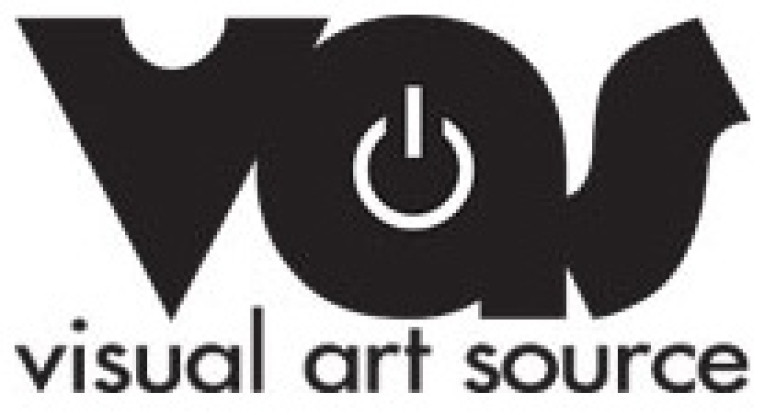
Visual Art Source Editorial on Cheri Gaulke
 Reprinted from Visual Art Source, Weekly Newsletter, January 20, 2012
Reprinted from Visual Art Source, Weekly Newsletter, January 20, 2012
Editor’s Note
by Marlena Donohue
The trouble with cliché’s, stereotypes and all such quick handled ways of seeing and being is they’re fixed – caught in historic, conceptual, ideological stop frames. We need them because to relearn everything at each encounter is evolutionarily untenable. But these hooks are limiting, subject to abuses of laziness and vast misuse. Nothing you needed me to tell you.
How does this relate to our cultural moment? Particularly in art we act on labels, move from brand after brand; the fertile, intricate, messy reality that art invariably points to gets trumped by the trope.
Case in point: For decades L.A. was by moniker a cultural backwater. In fact, during the late 1940s/early ’50s, in the run-down hooker district of turned-ever-so-hipster Venice, some of this city’s now fabled artists were composing detritus, colonizing vernacular spaces — coffee shops, garages – right alongside Rauschenberg’s New York combines and high theory’s institutional critique.
Pacific Standard Time argues persuasively that this nearly four decade “get thee to New York” business was more of a repeated word fiction than something accurately describing the creative reality here. As PST winds down, we find that through the miracle of Chiat Day’s ad men and the Getty gazillions, L.A. has overnight become another formulaic: “uncovered art Mecca.” Both the good and the ugly L.A. are simplistic abstractions that obscure the city’s lived experience, the actuality of art made here, the exhilaration and complete, serious bummer of a place we all plot to exit daily, but like a really screwed up but sexy lover, never can quite quit.
This applies to everything. For years and years, Feminism here was subsumed under the truly philistine rubric of “hysterical lesbians.” PST venues and the remarkable scholarship that those generous Getty funds allowed reveal the prescient conceptual sophistication of very early L.A. feminist thought and art. The late Arlene Raven was teaching that history was not unfolding destiny, but one of many permitted stories way back in the ’70s.
So in this spirit, I want to call attention to the career and current LACE PST entry by pioneering feminist Cheri Gaulke. Since its inception, Gaulke’s work has asked questions about margins and centers, about what exactly a lived body — female or other — means in an age of vastly constructed identities. Her classic “This is My Body” from the mid-70s featured the naked, model-gorgeous (and openly lesbian) Gaulke on a large cross reaching Eve-like for an apple, not because we gals and our wayward instincts simply cannot refuse the bad boys like Satan, but as a metaphor for choice. Gaulke went on to co-found the Feminist Art Workers, linking community work with artwork (anticipating the field of art now called “public practice”). Alongside discourses on the gendering of art history, she rode through Century City in a pick-up draped on the lap of fellow artist Nancy Angelo to reclaim for women Michelangelo’s “Pieta” and the notion of compassion.
Gaulke’s Metro Gold Line project reminded us about L.A.’s deeply indigenous origins (something else we just now “discovered” through the wonders of PST). Her book art is extensive — my favorite being a beautiful investigation of foot binding and the ‘torque’ on the female form and psyche when both of these are bent to fit some code. In Gaulke’s current installation at LACE, the foot/shoe metaphor returns. Viewers are invited to don shoes — men’s, women’s — while video projections record feet walking on differing terrain. That we fetishize and eroticize through clichés, that we can perform – in an act of choice – a variety of selves, that we are able to be inclusive rather than hierarchic, that unchecked abstractions are not lived reality – Gaulke creatively addresses all of this and more.
